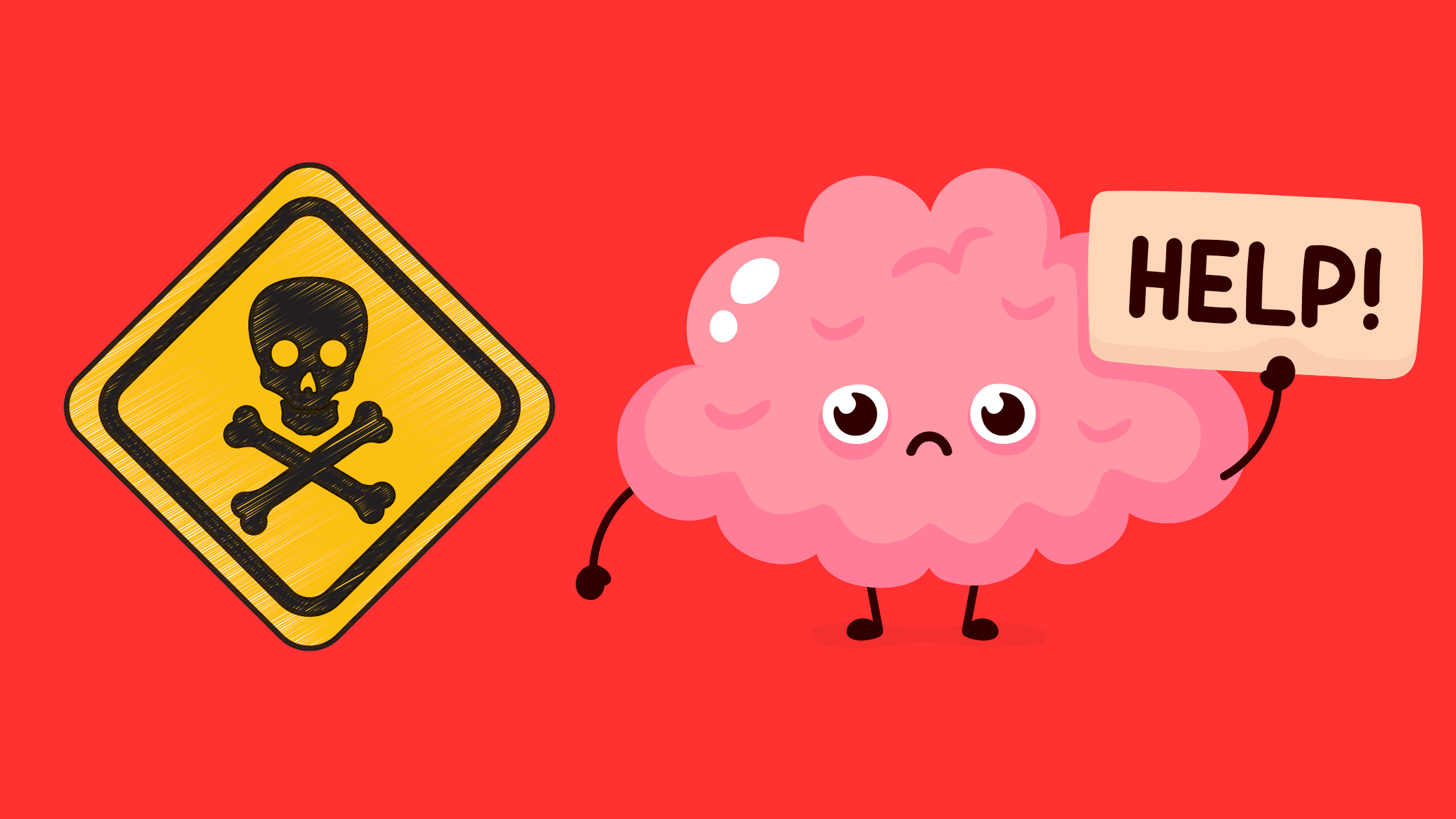The top 5 foods that are killing your brain (the 6th is the worst!)
Contents
1 # White carbs
2# Refined, processed and packaged foods:
3# Trans fats
4# Alcohol
5# Excess of heavy metals
# Sugar
I bet you know when I say:
“Everything we eat is bad for us in one way or another.”
In some cases it is true, since foods that are not really harmful to the brain are few.
And they are your allies against the worst neurological diseases.
What are the top 5 brain killing foods that are harming your brain?
1. White Carbs:
The main foods you must to completely remove are all white carbohydrates.
For example:
- White bread;
- White paste;
- Rice crackers;
- Pizza;
- White rice.
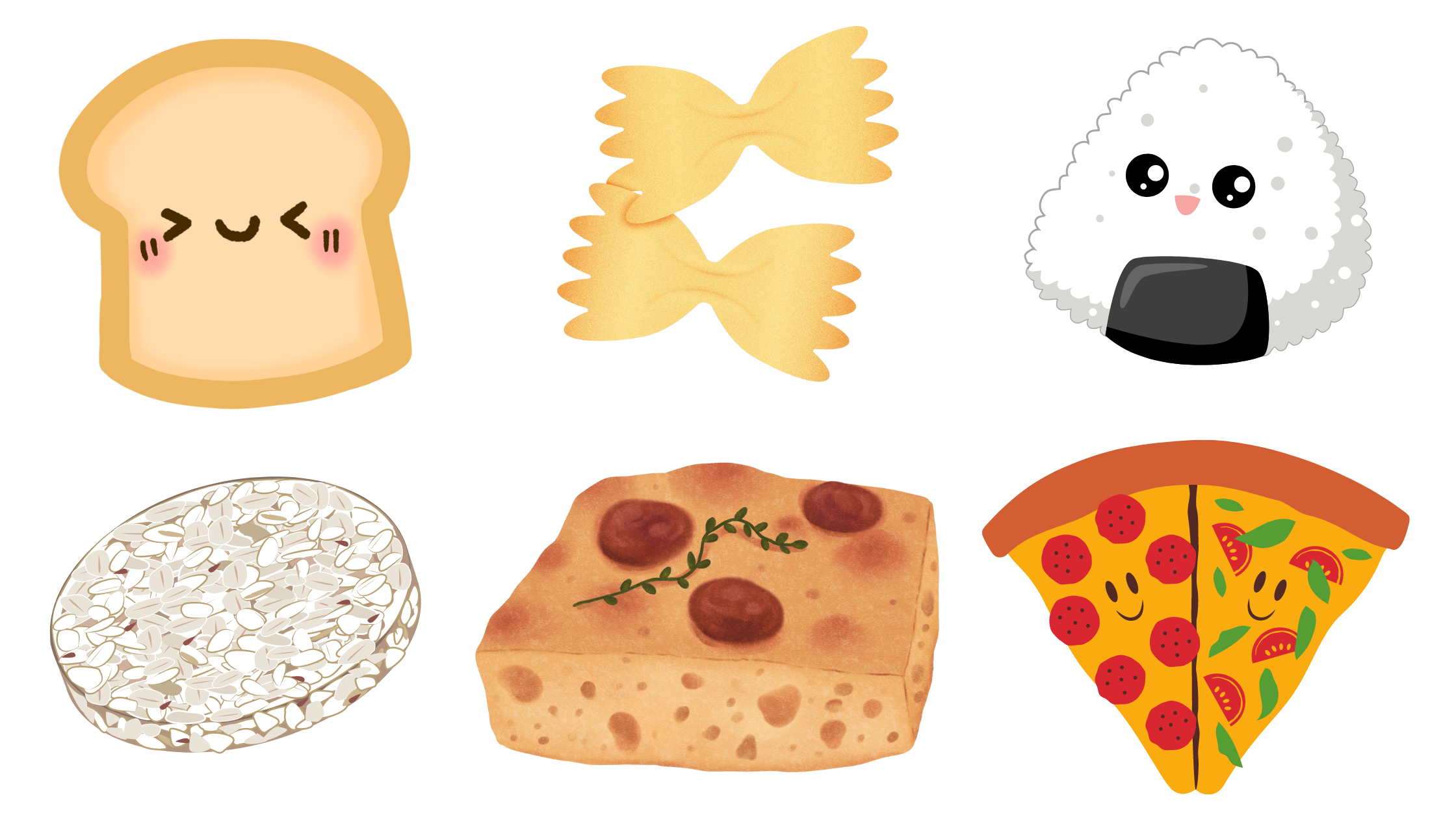
The number one reason why you should avoid white foods is that they contain a substance called alloxan.
It is used to induce diabetes in lab rats.
The second reason is that they cause a spike in blood sugar, which leads to diabetes.
In short, by introducing these foods into your body, you assume the risk of developing the disease, twice as fast.
The 3rd reason and the most important to ensure brain function,is that white carbohydrates cause inflammation.
Inflammation affects a particular area of the brain, called the hippocampus, thus altering:
- Memory, promoting Alzheimer's disease and dementia;
- Hunger and fullness signals.
How to know when you're really hungry.
One technique I used to understand if I was really hungry was to think about two different meals.
The first one was a pizza.
The more I held the image of a pizza in my mind, the greater the stimulation of the appetite became.
The second meal was a dish of carrots.
In this case the same hunger cues didn't show up and I realized I wasn't actually hungry.
In the first case, the brain uses the same cortical areas that are activated when taking drugs, sugar, etc.
In the second case, when your body is low on nutrients and energy, it will give you real hunger signals, otherwise you won't feel the need to eat.
So listen to the signals you receive from your body and evaluate if the hunger you feel is real.
Very often the action of eating without feeling hungry can be caused by a habit (such as having to eat 3 times a day), or by an addiction to certain foods (junk foods, chocolate, etc.), medicaments, etc.
White carbohydrates, of course, don't mean all foods with that specific color.
For example:
- Cauliflower;
- Garlic;
- White beans;
- Leeks;
- Mushrooms;
- Fennel;
- Celery;
- Etc.

They are all extremely necessary to ensure optimal brain function.
2. Refined, processed and packaged foods:
Refined and ultra-processed foods are all those foods that:
- Are hyper caloric;
- Have very few nutrients;
- Are low in fiber.
For example:
- White flour, butter and fried foods:
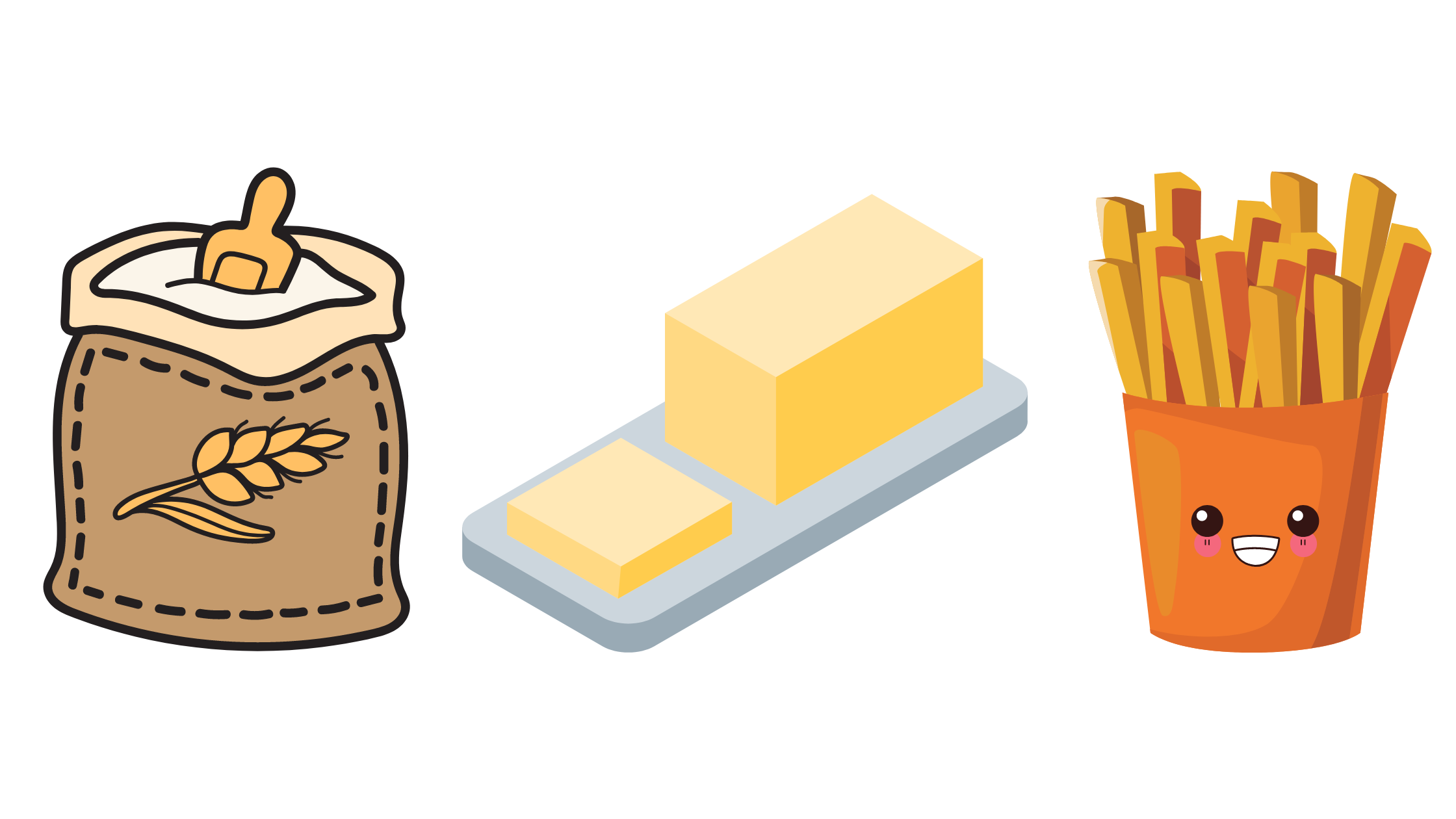
- Breaded foods, all fast foods and snack foods:

- Most sweets and popcorn:
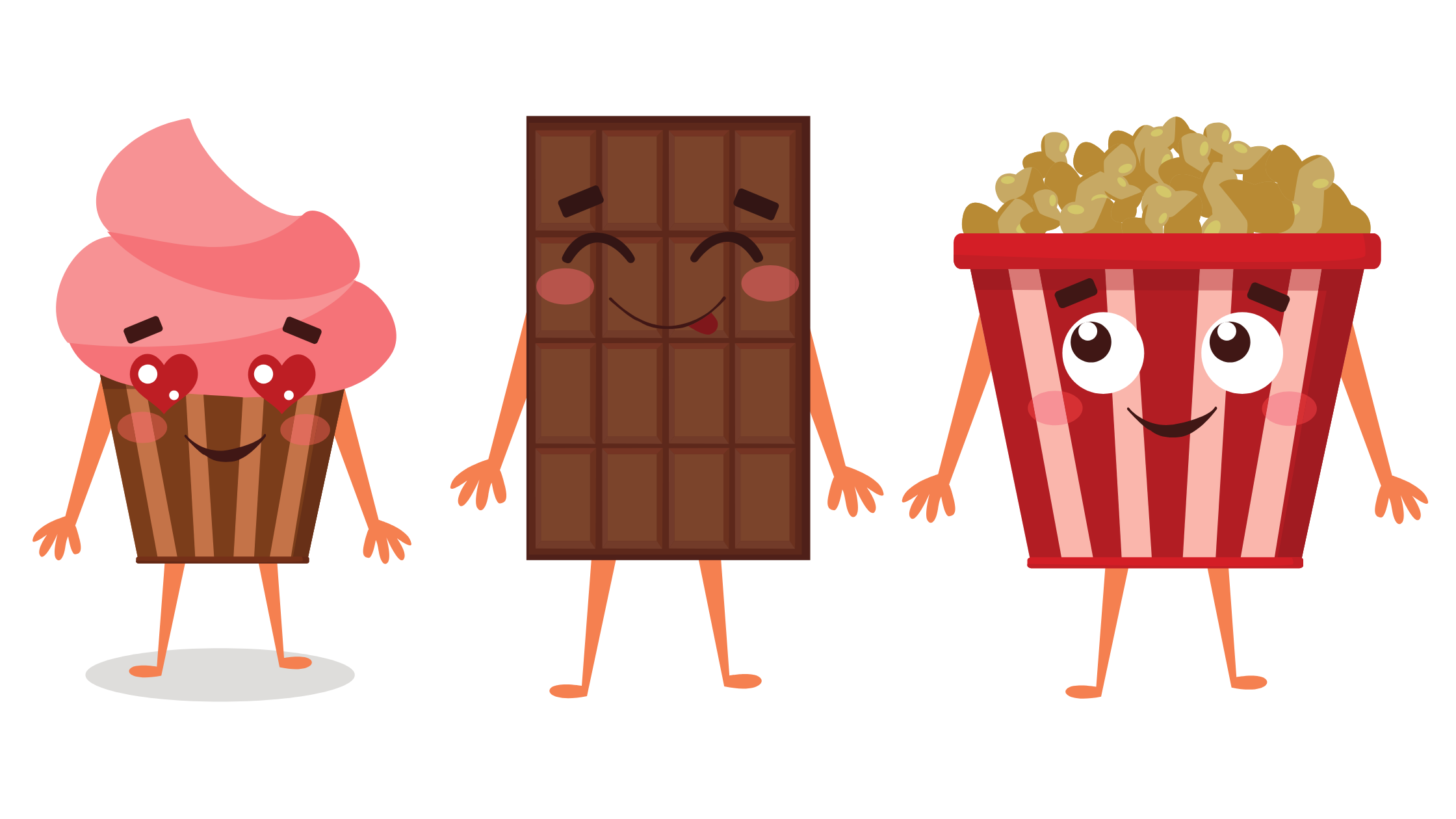
- Purchased sauces (not home-made) and ready-made sauces:
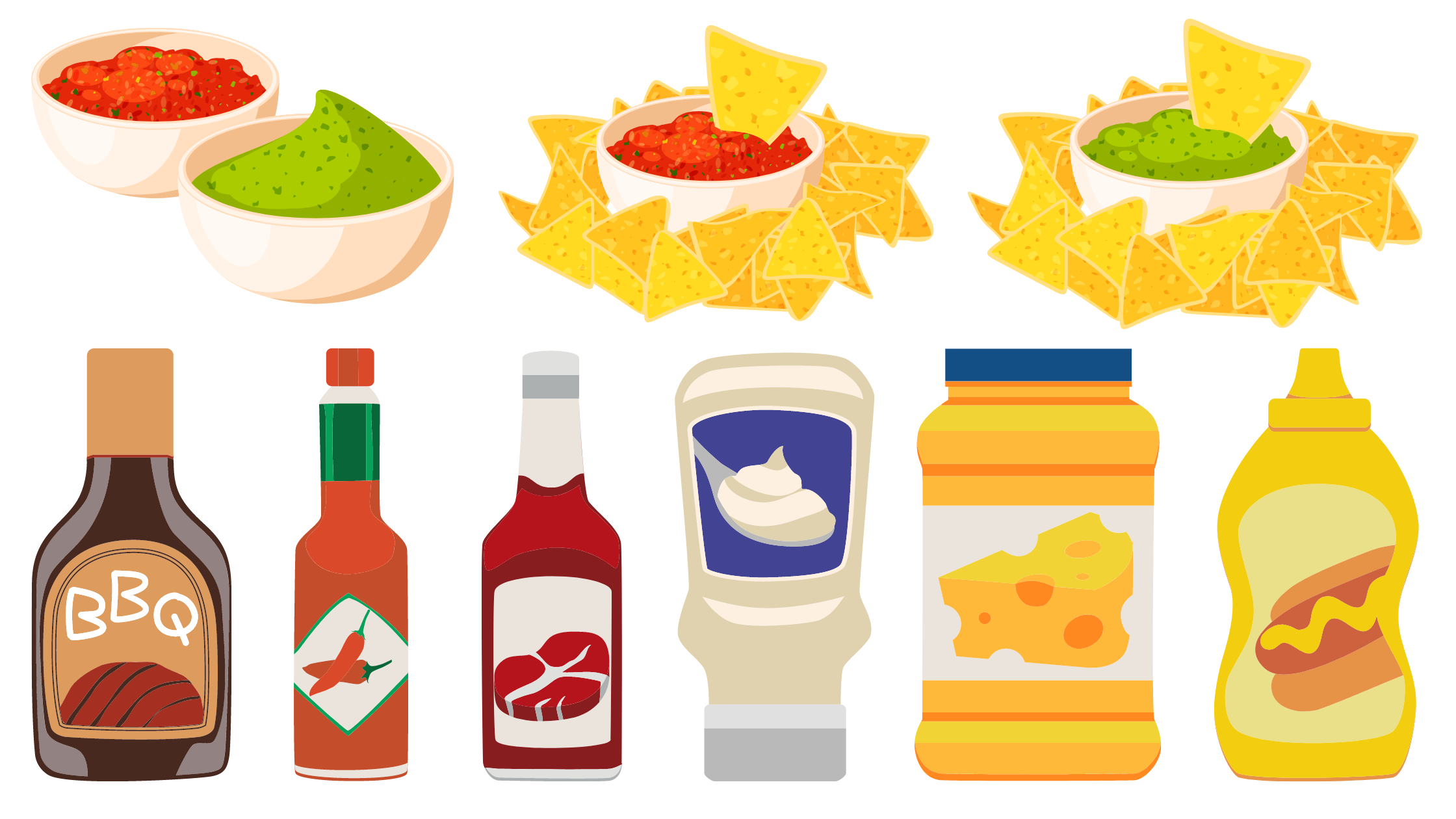
- All industrial and packaged foods (such as pre-cooked products to put in the microwave):

The damage that follows from their continuous intake is that the bacteria, viruses and other good microorganisms that we have in our intestines (called microbiota), do not receive the correct nourishment.
They are therefore unable to keep our gut healthy.
This leads to intestinal problems and, over time, cognitive deterioration, because even our brain does not receive the fundamental properties to be able to perform its functions.
Ghost foods:
Ghost foods are all foods with no nutritional value.
They're easy to spot when you're doing shopping because they have a very eye-catching label that says:
- Sugar free biscuits;
- 0% fat yogurt;
- No Calories drinks.
If you eat "empty" food, your stomach will always tell you that you are hungry.
While these foods aren't directly linked to cognitive decline, you won't know when you're full and you’ll eat whatever type of food comes to hand.
And most of them have been presented in point n. 2.
Sugar drinks:
Without realizing it, we also ingest sugars through drinks.
We're used to think that some of them can help us to restore energy, make us feel good, especially after an exhausting workout.
Instead, they act in the opposite direction.
Drinks with hidden sugars are:
- Sodas, packaged fruit juices, some iced tea drinks:
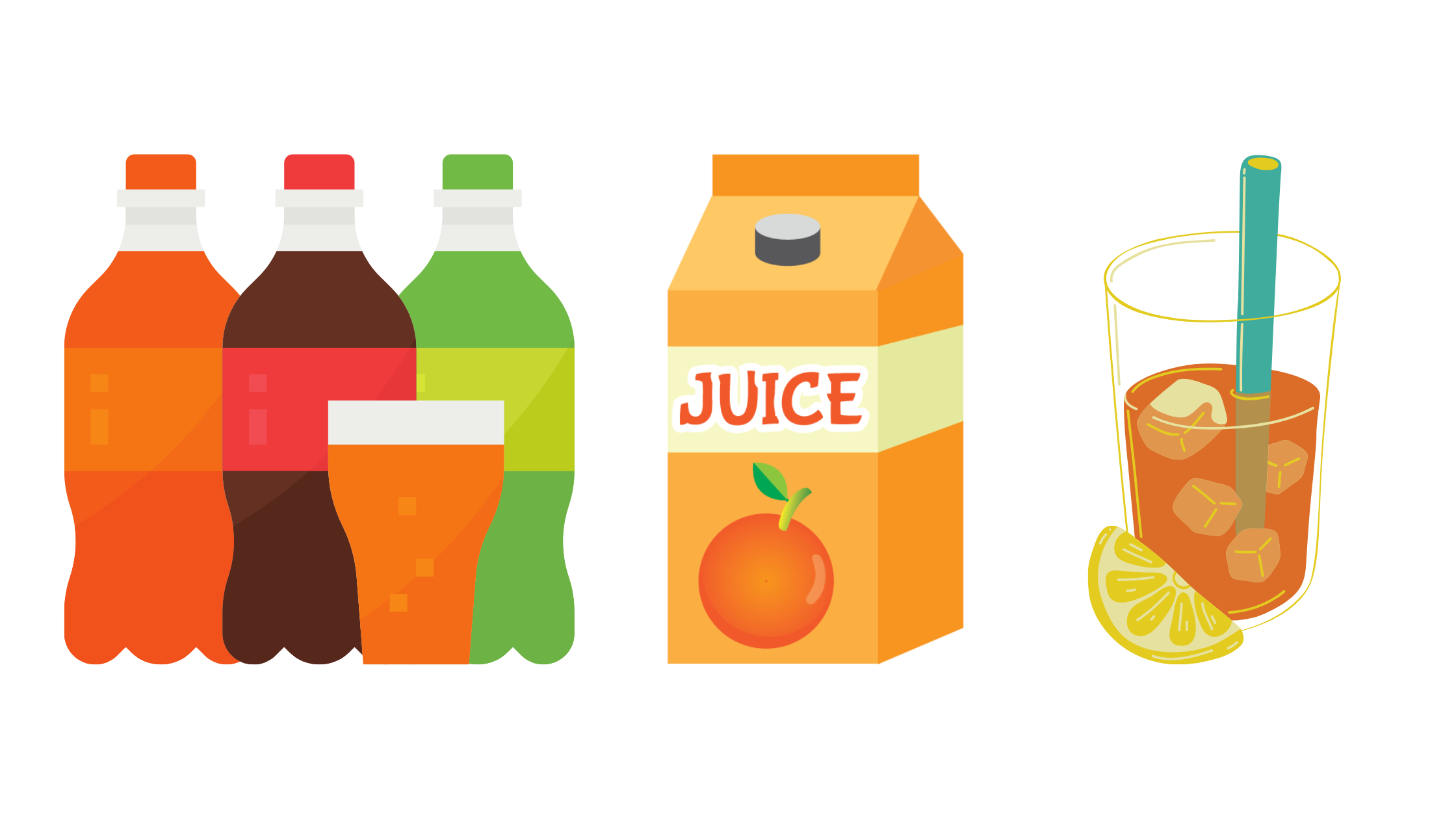
- Sports, vitamin and protein drinks:

- Energy and soft drinks:
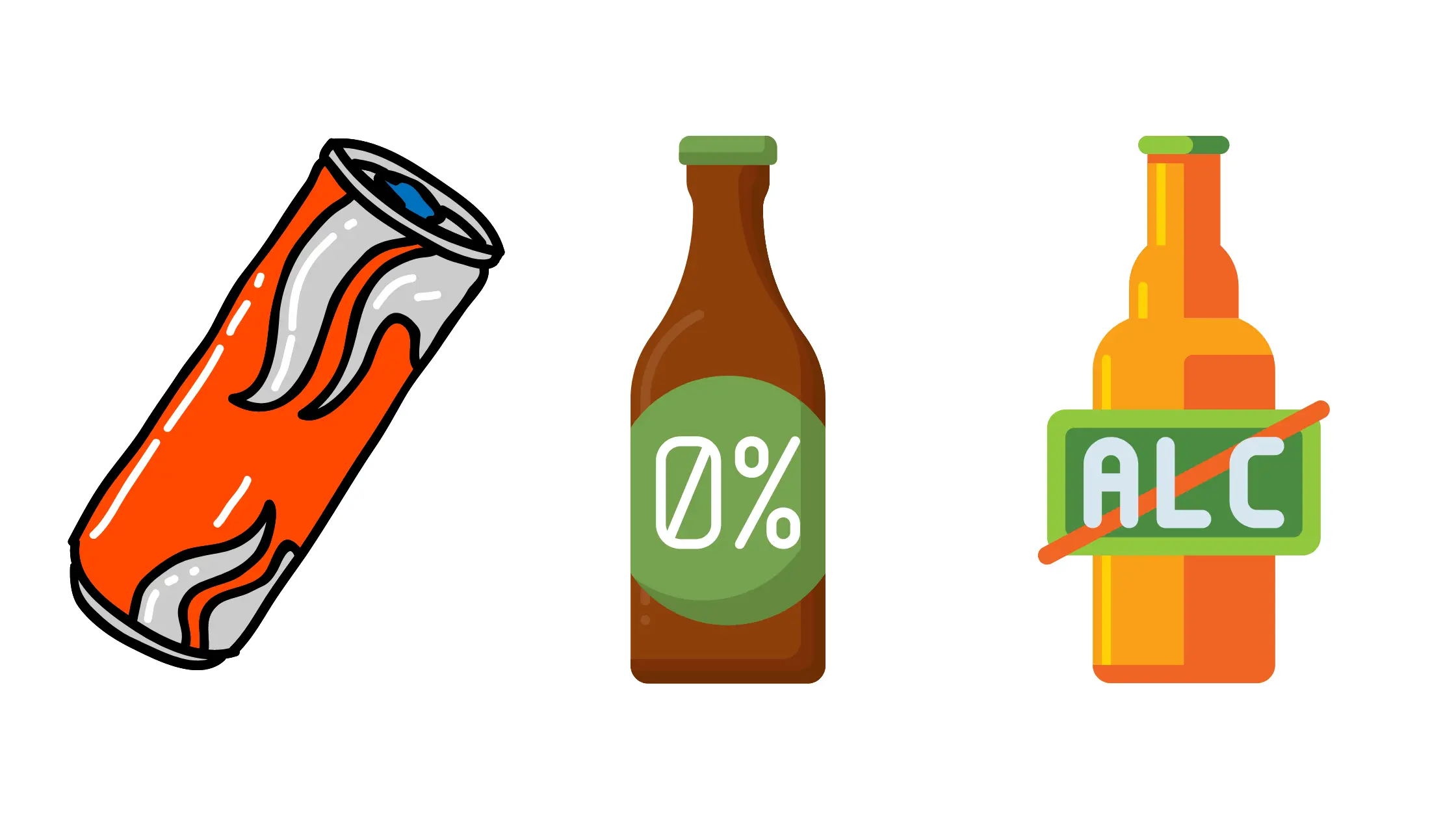
One of the main components of many of these sugary drinks is high fructose corn syrup.
Corn syrup is a sweetener that is obtained from corn starch.
Fructose is the natural sugar found in fruit and honey.
Excessive consumption of both can lead to a negative impact on the brain and metabolic systems (3), causing:
- Obesity;
- Hypertension;
- Diabetes;
- Brain inflammation;
- Dementia;
- Alzheimer's disease;
- Memory and learning capacity;
- Parkinson's disease.
Aspartame:
Aspartame is an artificial, low-calorie sweetener and is about 200 times sweeter than sugar.
It is present in over 5,000 food products globally.
A particularly important use is present in low-calorie drinks consumed by children and pregnant women, and in diabetic patients to fill the sugar intake.
You can find it in the following foods:
- Yogurt, packaged juices and grape juices:

- Medicines, syrups, meal replacements, powdered drinks, diet products and energy-reduced products:

- Ice creams, desserts, frozen desserts, puddings, etc.:

- Candies, jellies, jams and chewing gums:
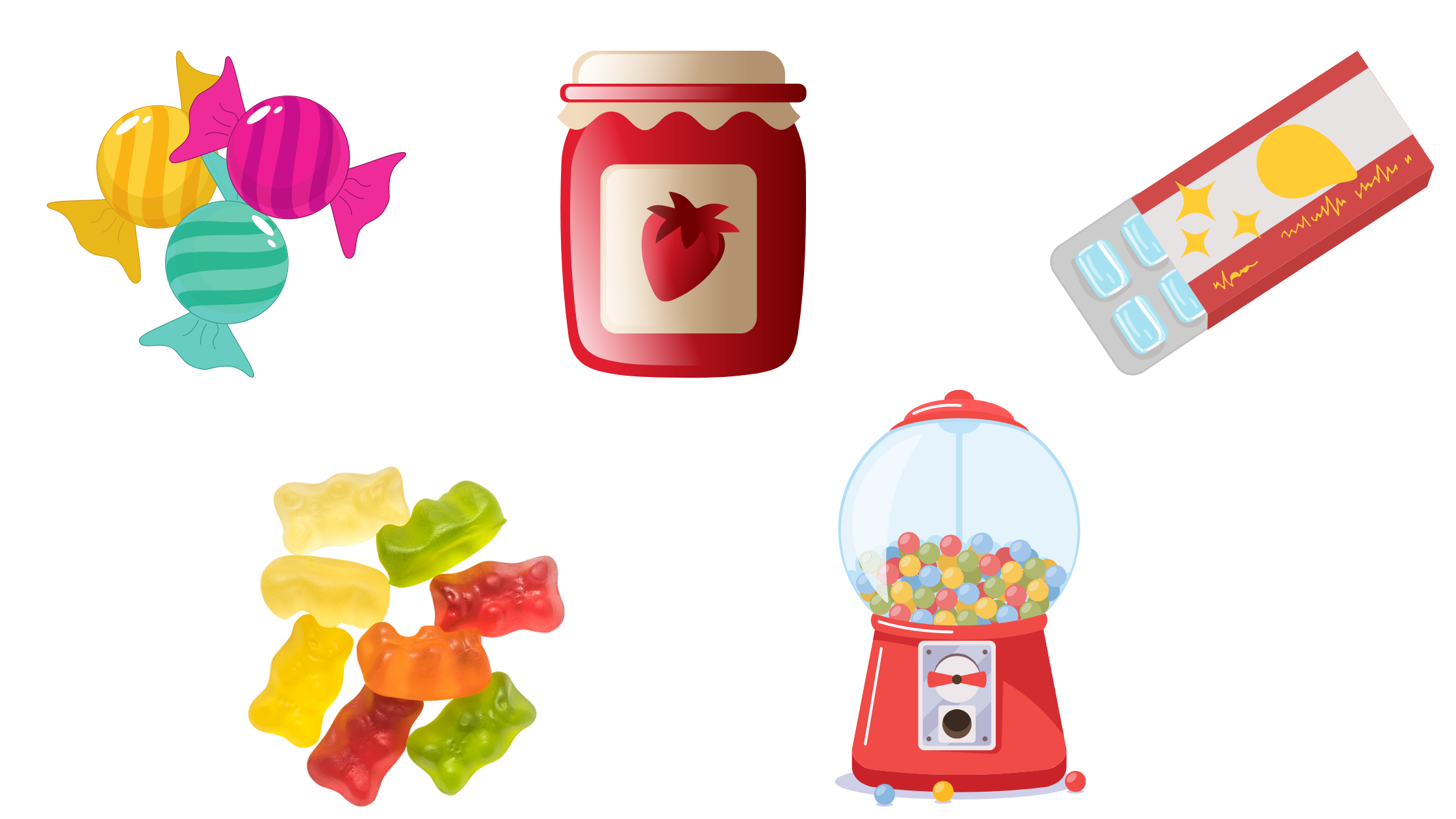
- Brown sugar, honey and table sweetener:
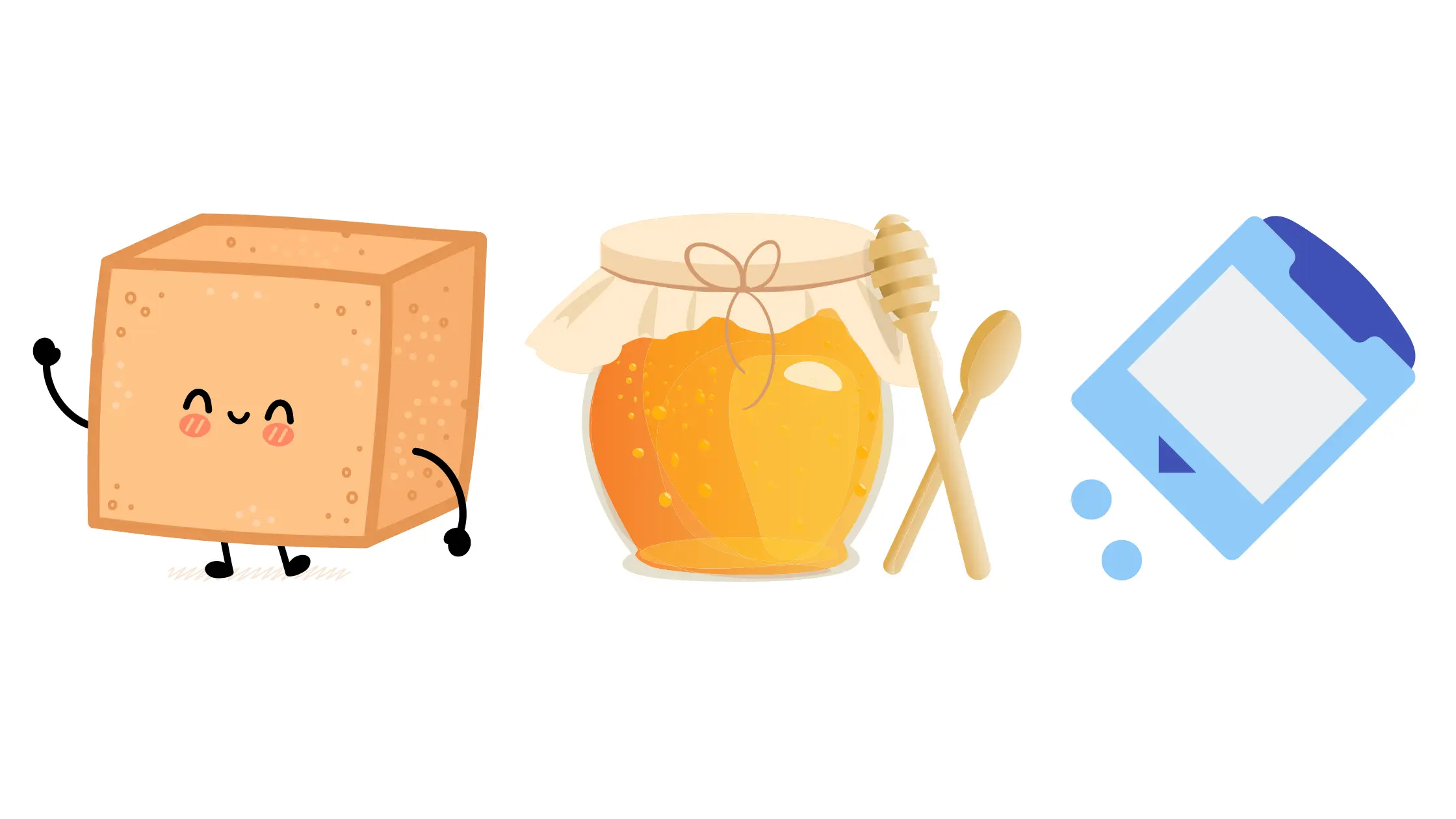
- Apple, agave, maple and rice syrup:
 When consumed in quantities significantly higher than the recommended and safe dosage for the body (40-50 mg) it can cause:
When consumed in quantities significantly higher than the recommended and safe dosage for the body (40-50 mg) it can cause:
- Cancer;
- Cell membrane damage, leading to membrane deregulation and systemic inflammation;
- Infertility;
- Neurophysiological symptoms including learning problems, headaches, seizures, migraines;
- They synthesis and release inhibition of the neurotransmitters, such as dopamine, norepinephrine and serotonin, which are known as regulators of neurophysiological activity;
- The imbalance in the antioxidant status in the brain, promoting the production of free radicals.
How to spot foods that contain aspartame.
Pure aspartame is available in sachets of sweeteners, which you may find in bars or as a powdered sweetener.
In foods that are purchased at the supermarket it is expressed with the acronym E951.
Check the list of ingredients, present on nutritional labels.
3. Trans fats:
Trans fats occur naturally in meat and in animal products such as milk.
The same goes for vegetable fats, such as olive oil.
The process of industrialization of vegetable fats and trans fats makes them harmful to humans.
When they undergo a chemical manufacturing process, they are heated to very high temperatures, divided and reassembled, obtaining a type of semi-solid fat, which guarantees a longer storage time.
The most common foods composed of trans fats are:
- All Fried Foods:

- Sweets and many packaged baked goods (brioches, snacks, sandwiches, cakes, desserts, sweet and savory snacks, big and small pizzas, chocolate bars, etc.):
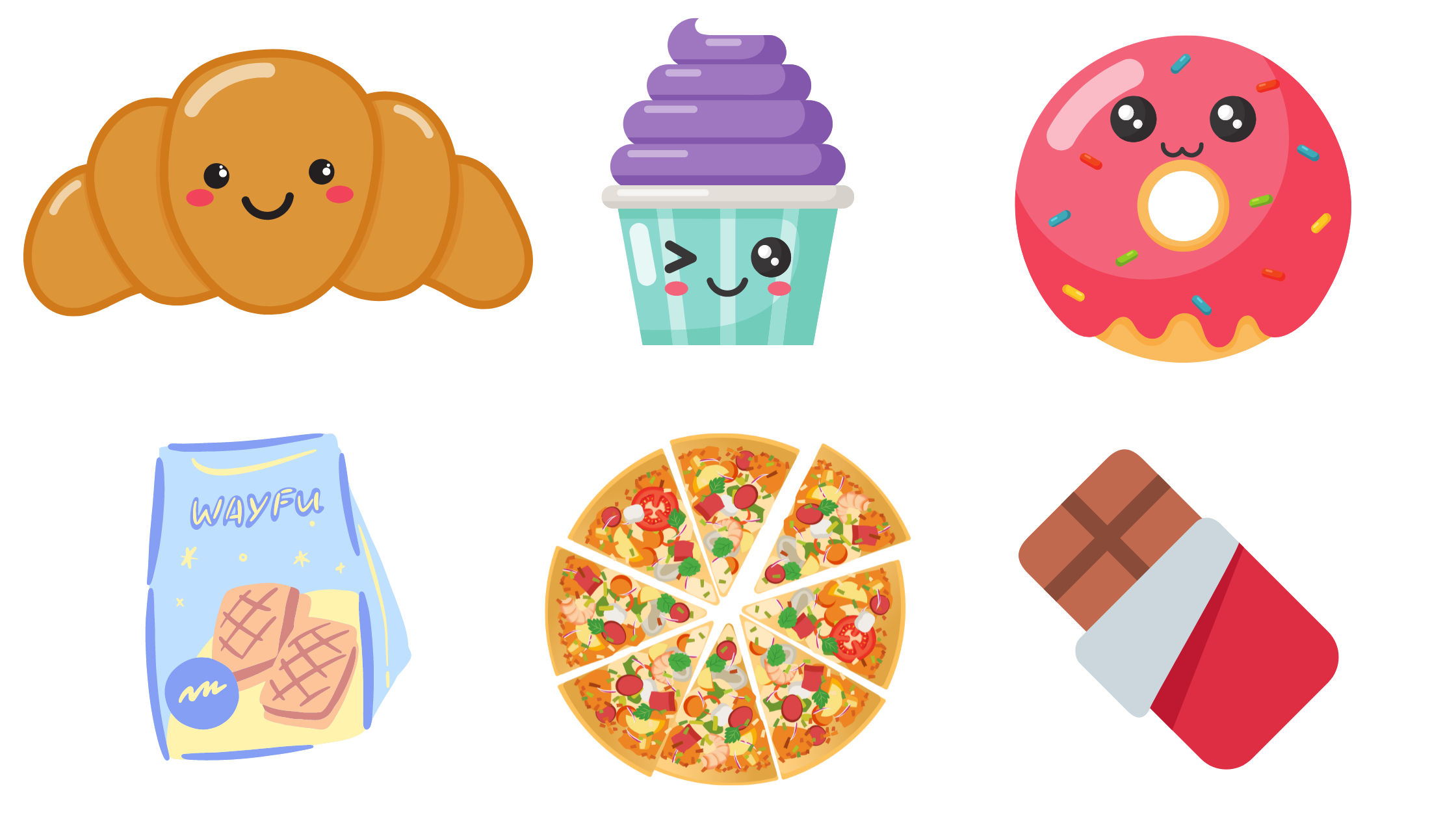
- Ready meals, margarine and donuts:

- Coconut, sunflower, palm oil, etc.:

- Processed meats (wurst, sausages, bacon, etc.):

How to spot foods that contain trans fats.
When you go shopping, check if the product label has the following:
- Partially hydrogenated fats;
- Hydrogenated fats.
4. Alcohol:
The effects of alcohol on the brain depends on some variables, such as the age at which the patient started drinking, the current age, the duration of alcohol consumption, etc.
The most common brain comorbidities are:
- Encephalopathy (the inflammation of the brain);
- Brain volume reduction;
- Memory loss, mood instability and mental confusion;
- Psychiatric conditions such as depression, anxiety, PTSD and schizophrenia;
- Metabolic changes and disturbances in brain neurotransmitters (the chemicals substances that brain neurons use to communicate with each other);
- Inability to effectively dispose of alcohol-related waste toxins during sleep, which is associated with a number of neurological disorders, including Alzheimer's disease (1).
- Nutritional deficiencies leading to brain inefficiency and systemic damage.
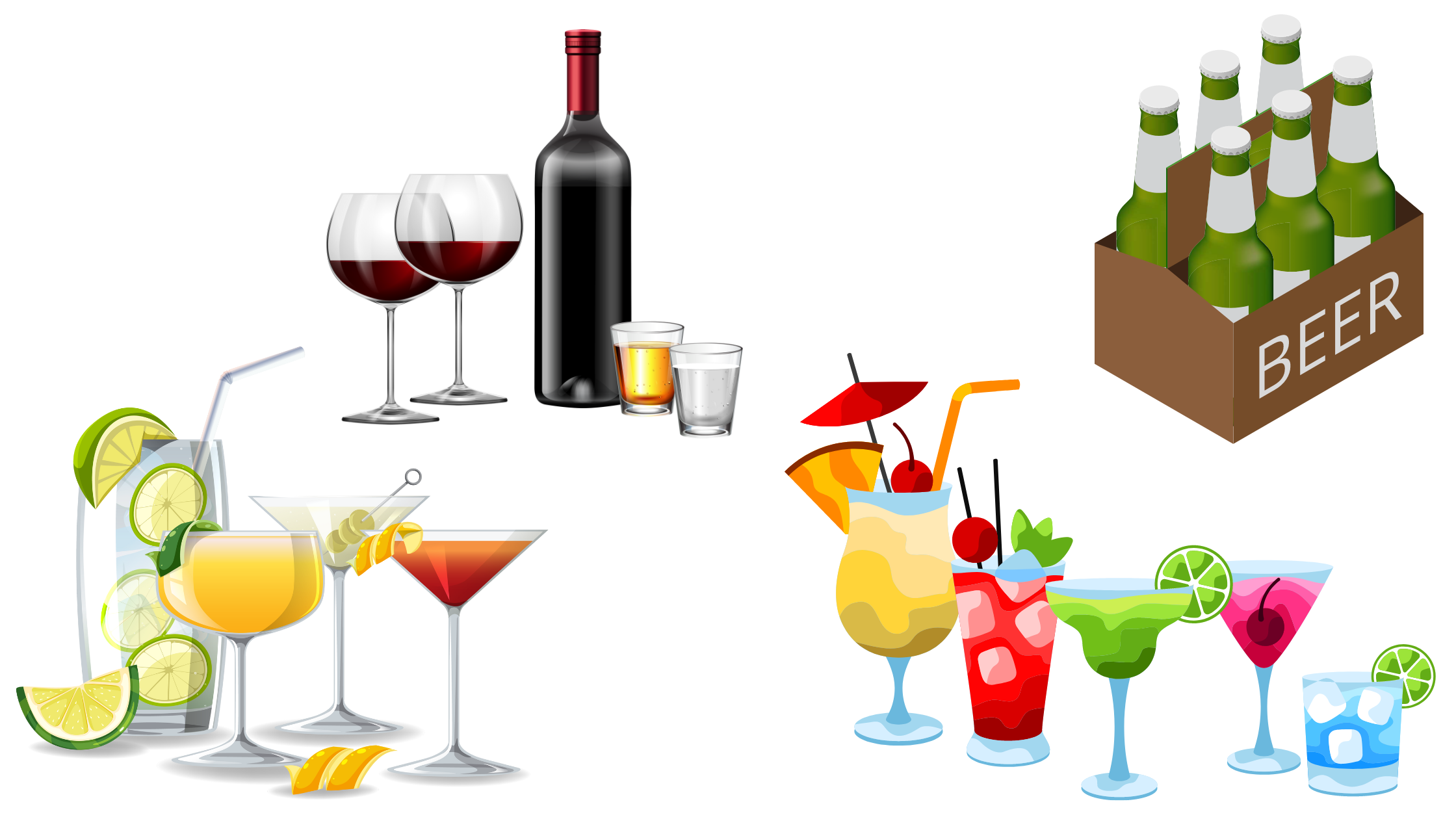
5. Excess of heavy metals:
Heavy metals can be present everywhere, in the air, in water, in food, etc.
Metal poisoning causes brain inflammation, acting on the cells of the nervous system and between their interchanges.
Sometimes irreversibly (2).
The heavy metals we ingest without realizing it are:
Arsenic: used in pesticides and as an antibiotic in farms.
The trouble is that, when we cook them, we end up ingesting that kind of poison as well.
Nickel: used to make trans fats.
Titanium: found in many toothpaste brands.
Aluminum: extremely toxic to brain cells, it is present in aluminum containers, cosmetics and medicines.
Copper: copper also comes in the body through other sources, such as the water we drink from the tap, when it passes through copper pipes.
Many athletes take copper with supplements.
Many multivitamin products contain both copper and iron, even in higher than recommended doses.
Mercury: Large fish such as tuna or swordfish, which tend to have a high quantity of mercury.

# Sugar:
Sugar is the main cause of inflammation in the brain and in the body.
Taken daily, it causes small wounds, which create inflammation, such as when you cut the skin of your finger with a kitchen knife.
The inflammation, forces the body to respond in order to fight it.
As Dr. Dwight Lundell says: "Consuming sugar and foods every day or even several times a day is like throwing sandpaper into your blood veins."
The example he uses to give you an idea of what sugar causes in your body, is the follow:
Imagine taking a stiff toothbrush.
Rub it repeatedly on your skin, until it starts bleeding.
Think what would happen if you did it several times a day, for several years.

How to spot sugar in foods.
In addition to being present in many foods, it is called by various names on product labels:
- Glucose and dextrose;
- Products that have a final ending in "-ol" (for example xylitol, in some chewing gums).
What foods are good for the brain?
As already mentioned, there are few foods that are good for the brain.
However, the advantages of these aliments are much greater.
Foods for the brain are:
- Multi Colored vegetables (each color comes from a different cocktail of protective nutrients):
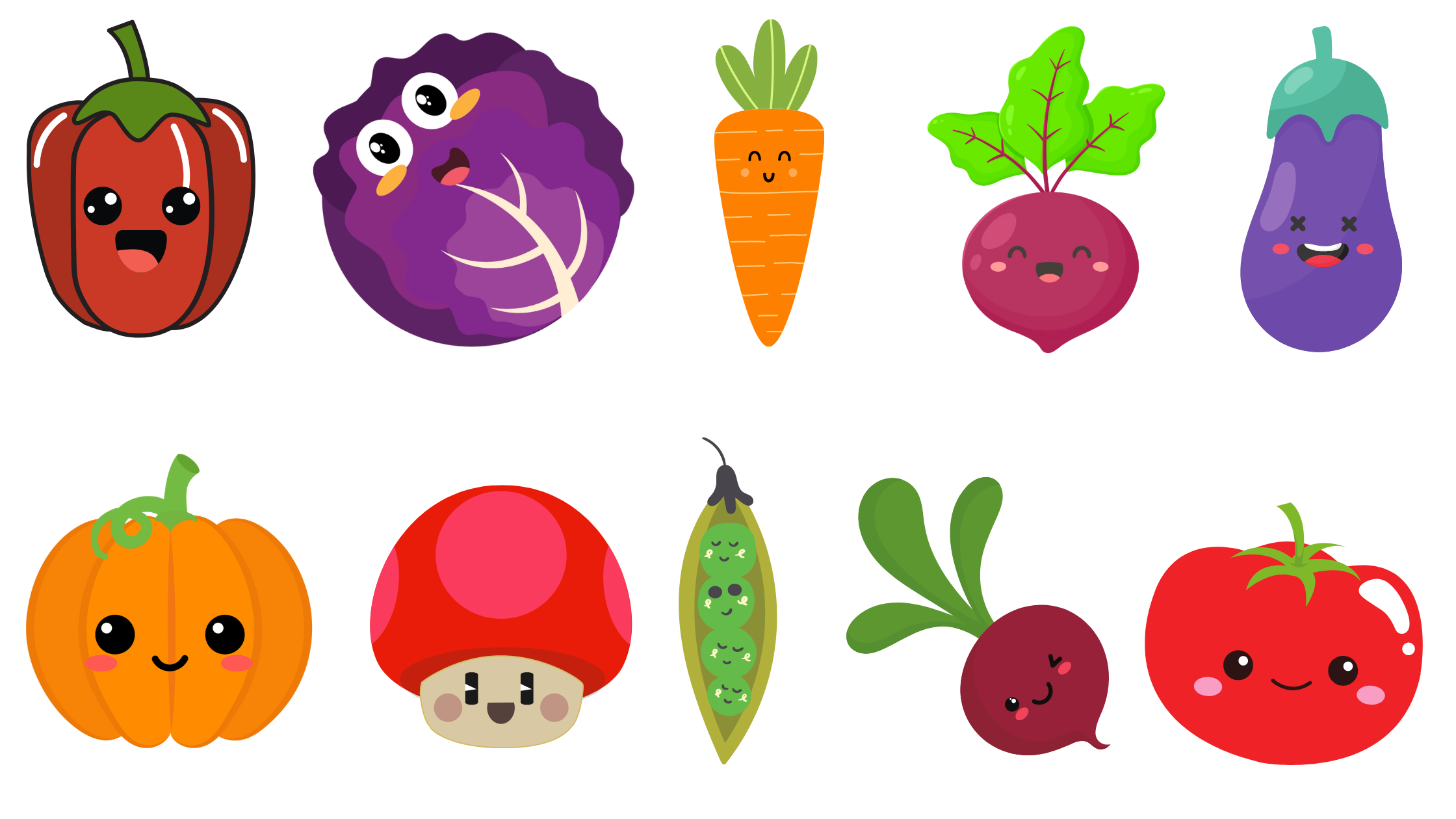
Vegetables and greens drastically reduce the risk of pathologies such as:
- Cancer;
- Atherosclerosis;
- Stroke;
- Cerebral hemorrhages.
High cholesterol and high blood pressure can seed amyloid plaques that perforate brain tissue, resulting in Alzheimer's disease.
- All kinds of dried legumes (they are rich in protein, iron, zinc, fiber, folic acid, potassium), and sweet potatoes (a great source of potassium):

- Whole grains (barley, brown rice, buckwheat, millet, oats, quinoa, rye, whole wheat pasta):
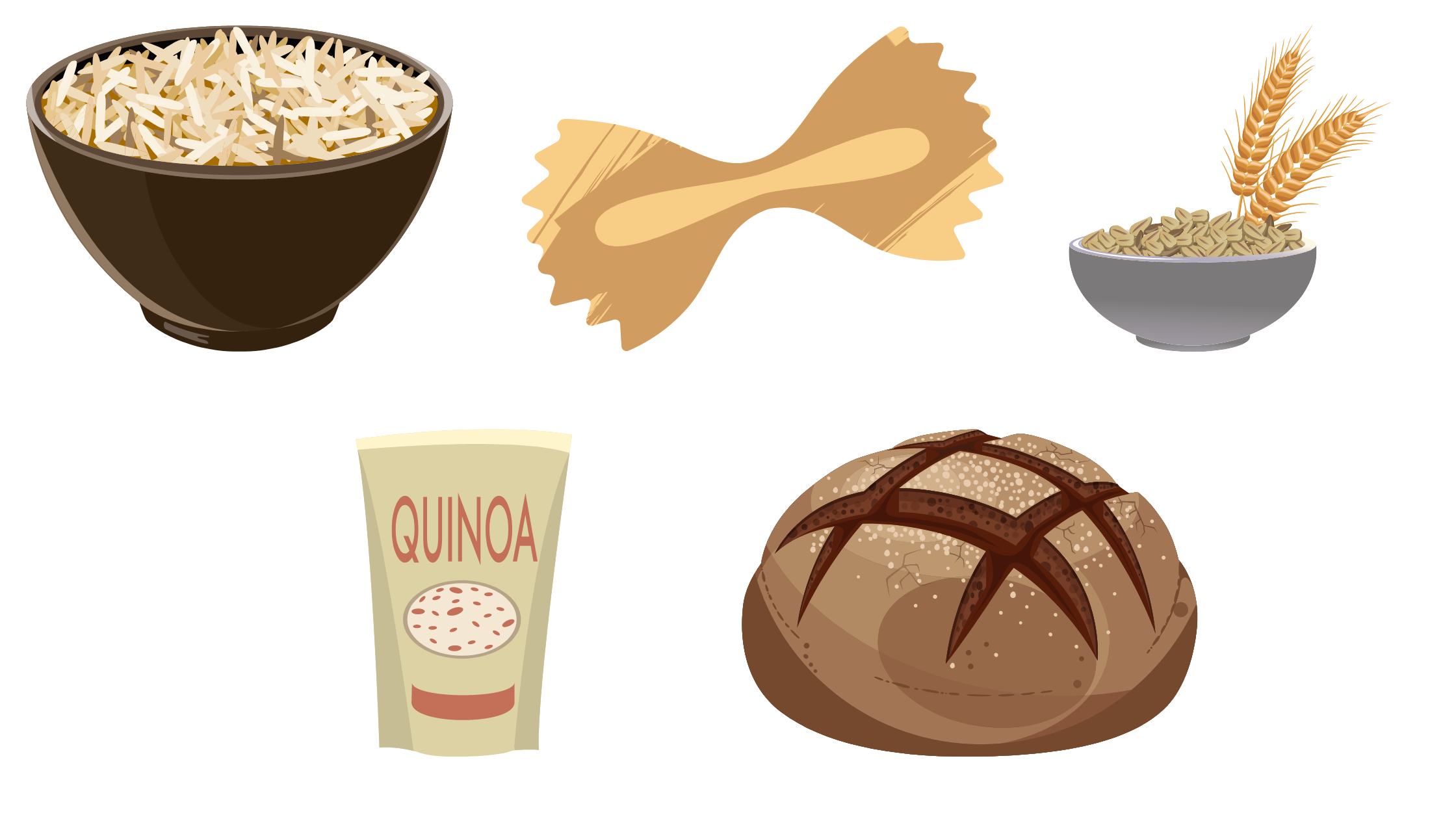
They reduce the risk of stroke and brain cancer.
- Eggs, Fish, Beef, Pork, Chicken:

- Each type of fruit (they are rich in phytonutrients and antioxidants, but also "good" sugars):

For example:
Oranges prevent strokes thanks to a phytonutrient called hesperidin, which increases blood flow throughout the body, including the brain.
Antioxidant fruits (berries, blueberries, raspberries, etc.) prevent stroke and Parkinson's disease.
- Dried fruits, seeds and nuts:

- Herbs and spices (curcumin, saffron, peppermint, oregano, cloves):
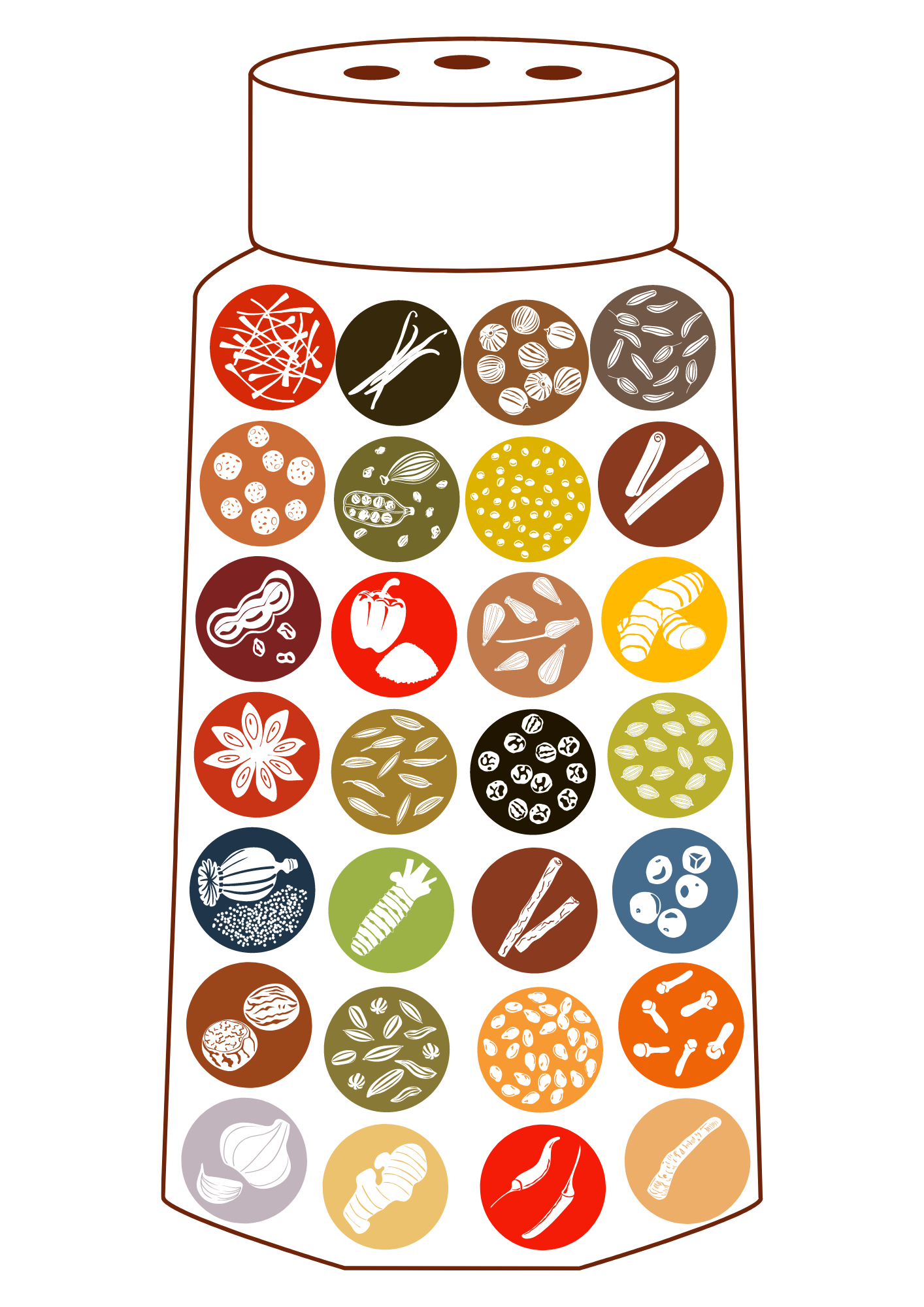
For example:
herbs and spices such as curcumin are effective against a variety of cancer cells in vitro, such as breast, brain, blood, colon, kidney, liver, lung and skin cancers.
Saffron is effective in treating Alzheimer's symptoms;
Peppermint, oregano and cloves are powerful antioxidants and prevent brain tumors (3).
- Coffee and green tea:
A cup of coffee and green tea protect human nerve cells from being killed by pesticides and other neurotoxins.

- High amount of water (at least 2.5 - 3 liters per day).
What can you do daily to improve brain function?
(1) Get enough sleep every night.
Lack of sleep is associated with an increased risk of stroke, Alzheimer's disease and disruption of blood sugar levels.
Each sleep cycle consists of 90 minutes and not 8 hours as we always have been taught.
This may help you understand why many times we wake up during the night, or early in the morning, feeling totally refreshed.
Set the right specific sleep cycles for your body.
(2) Do physical activity.
Aerobic exercises improve blood flow to the brain, memory and intelligence.
Exercises with weights slow down aging and reduce fat in excess.
The best exercises are those that are performed at high intensity, with overloads and controlled.
During this type of training, the body releases particular proteins from the muscle, called myokines, which rejuvenate the structure of the skin, protect and counteract inflammations.
It also helps the body to have longer telomeres (the protective caps of the chromosomes of our DNA), avoiding rapid aging, preventing:
- Systemic mitochondrial dysfunction;
- Obesity and pathologies such as atherosclerosis;
- Movement problems;
- Weakness;
- Bone fragility;
- Balance problems.
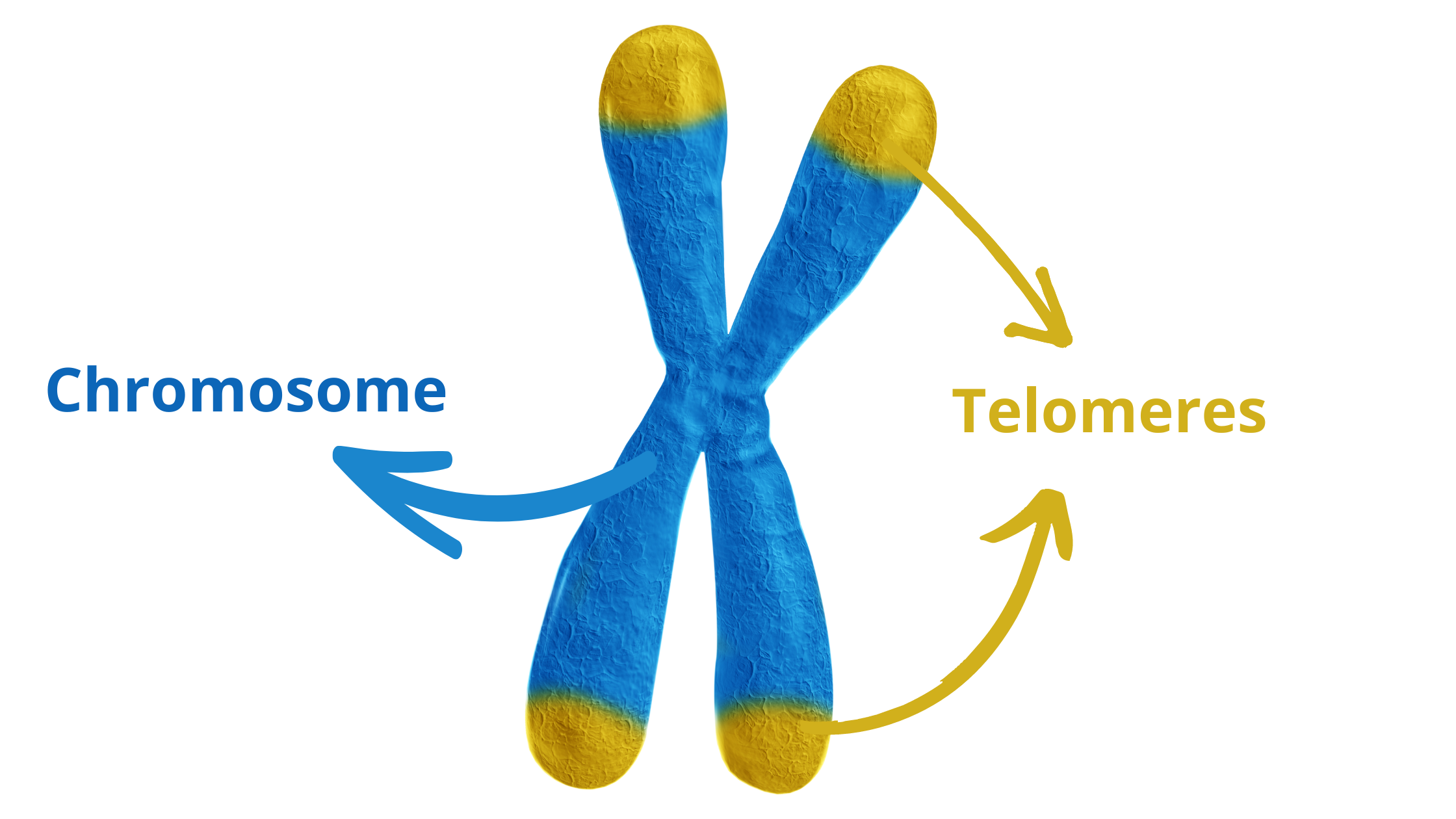
(3) Drink large quantities of water directly from the bottle.
The brain doesn't recognize the amount - as it does when you drink directly from the glass - and it will be easier to drink in larger doses.
(4) Restrict your calorie intake.
When you eat low-calorie foods during the day has a positive effect on cognitive functions.
This happens because the body has to waste excessive energy to cope high-calorie foods during the digestion process, increasing the brain cells vulnerability, causing free radicals.
(5) Eat more antioxidant foods:
The healthiest colored fruits are those which contain antioxidant pigments.
Green leafy vegetables, on the other hand, contain chlorophyll and are the healthiest vegetables.
Antioxidant foods like berries offer potential protection against cancer, boosting the immune system and protecting both the liver and the brain.
Leaves contain chlorophyll too, which unleashes the storm of photosynthesis, so green leafy vegetables have huge amounts of antioxidants.
(6) Get the right nutrients to boost brain function:
Unlike what we usually think, fats aren't bad.
As long as they come from unrefined foods.
Omega-3 fats are found in:
- Fish (salmon, trout, mackerel, herring, sardines, etc.);
- Vegetables (seeds, nuts and dried fruit).
Conclusion:
Since muscle necrosis can develop between four to eight hours, even the little suspect requires a treatment, especially if the initial diagnosis confirms the intracompartmental pressure.
Volkmann's syndrome in the acute phase is a true emergency and therefore an event that must be resolved as soon as possible.
The first approach consists in the immediate removal of any cause that can increase the intracompartmental pressure (casts, restraints, orthoses, bandages).
If constant extremity pressure monitoring does not reveal the complete remission of symptoms, surgical decompression should be performed.
The single most effective surgical treatment for acute compartment syndrome is fasciotomy.
The basic principle of the fasciotomy consists in the opening of the entire anterior structure that goes from the elbow to the carpal tunnel with a very large incision.
Once the limb has been opened, the surgical team decompresses the individual muscle bellies, superficial and deep, to investigate and evaluate the vitality, to avoid infections and muscle necrosis.
Bibliography:
(1) Nick Littlehales; Sleep: The Myth of 8 Hours, the Power of Naps, and the New Plan to Recharge Your Body and Mind. Da Capo Lifelong Books; 1st edition (March 6, 2018).
(2) Lisa Mosconi; Brain Food: The Surprising Science of Eating for Cognitive Power. Avery; Illustrated edition (December 31, 2019).
(3) Michael Greger & Gene Stone; How Not to Die: Discover the Foods Scientifically Proven to Prevent and Reverse Disease. Flatiron Books; 1st edition (December 8, 2015).

